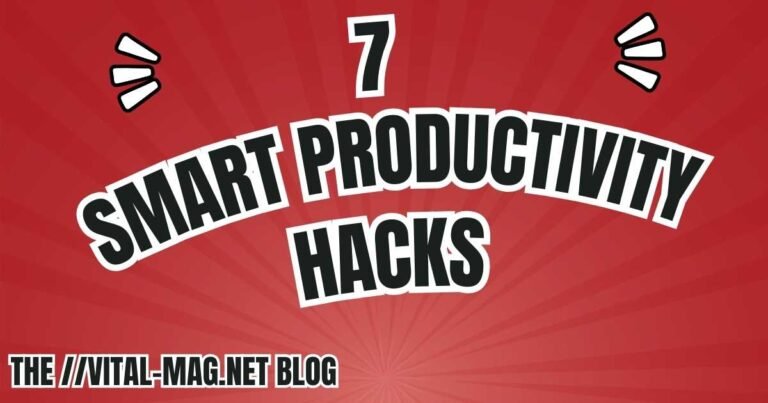Labor Contractions: What They Feel Like & When to Go

Labor is a journey—raw, emotional, transformative. For many mothers, it begins quietly with a tightening in the belly or a deep cramp in the back. Whether you’re days away or simply preparing, understanding what contractions feel like, how to track them, and when to act can give you a sense of calm in the unknown.
💫 What Are Labor Contractions?
Contractions are your body’s saying, “We’re getting closer.” These rhythmic tightenings of the uterus help your cervix soften, thin (efface), and open (dilate) so your baby can descend through the birth canal.
They’re powered by oxytocin, a hormone your brain releases naturally—like a gentle tap saying, “Let’s get moving.”
🌊 What Do Contractions Feel Like?
Here’s the thing: no two women describe contractions the same way.
- Some say it feels like deep period cramps.
- Others think of a slow wave starting in the back and rolling around the belly.
- One mom described it as “a full-body hug from the inside that squeezes, then lets go.”
Early on, they’re often manageable. But as labour builds, so does the strength—and they may stop you mid-sentence.
🔄 Why Are They So Important?
Each contraction does essential work:
- It helps efface (thin) your cervix
- Opens it wider (dilation)
- Nudge your baby downward, closer to your arms
No contraction is wasted—every single one brings progress, even if it doesn’t feel like it.
🚦 Types of Contractions: Real or Not?
1. Braxton Hicks (a.k.a. The Practice Round)
- Mild and irregular
- Usually fade with rest or water
- No cervical change
2. True Labor Contractions
- Get stronger, longer, and closer together
- Don’t go away with rest
- Often, they come in a precise pattern
3. Back Labor
- Pain is focused in your lower back
- Often caused by baby facing the wrong way (posterior)
- May require counter-pressure to manage
⏱️ How to Time Your Contractions (with Table)
Timing helps you spot patterns—and know when it’s “go time.”
👉 Start timing from the beginning of one contraction to the beginning of the next.
Here’s a sample log:
| Time Contraction Began | Duration (Seconds) | Comments |
|---|---|---|
| 3:00 PM | 40 sec | Mild, like cramping |
| 3:08 PM | 45 sec | Getting stronger |
| 3:15 PM | 55 sec | Needed to pause talking |
| 3:21 PM | 60 sec | Breathing through it |
📌 5-1-1 Rule:
Go to the hospital when contractions are:
- 5 minutes apart
- Last 1 minute
- Continue for 1 hour
🔥 Signs You’re in Active Labor
- You release your mucus plug or see a “bloody show.”
- Water breaks (gush or slow trickle)
- You can’t walk or talk through contractions
- Pressure in your pelvis intensifies
🧘♀️ Coping with Labor Contractions: What Helps
1. Breathe Through It
- Inhale slowly through your nose
- Exhale gently through your mouth
- Use rhythm: “In 2–3–4, out 2–3–4”
2. Move That Body
- Sway, squat, lean over a birth ball
- Try walking or rocking to relieve pressure
3. Visualize
- Picture each contraction like a wave: rising, peaking, then rolling away
- Think: “This is progress. This is power.”
4. Massage & Counter-Pressure
- A partner’s firm palm on your lower back can be gold—especially during back labour.
5. Water Therapy
- A warm bath or shower relaxes tense muscles (as long as your water hasn’t broken)
💉 Medical Pain Relief (If You Want It)
It’s okay to want help. Options include:
- Epidural – Numbs the lower half; you’re still awake and aware
- IV Meds – Take the edge off; may make you drowsy
- Nitrous Oxide – “Laughing gas” you inhale during contractions
💬 Pro Tip: Discuss your preferences in advance with your care provider. You’re free to change your decision whenever you wish.
⏳ How Long Does It All Take?
Everyone’s timeline is different, but here’s a rough idea:
| Stage of Labor | Contraction Duration | Frequency | Notes |
|---|---|---|---|
| Early Labor | 30–60 sec | 5–20 min apart | Mild, manageable |
| Active Labor | 45–60 sec | 3–5 min apart | Requires focus |
| Transition Phase | 60–90 sec | 2–3 min apart | Most intense; almost there |
📞 When to Call the Hospital or Midwife
Call immediately if:
- Contractions follow the 5-1-1 pattern
- Your water breaks (especially if green/yellow = meconium)
- You feel less fetal movement
- You’re bleeding heavily or in constant severe pain
💖 Staying Mentally & Emotionally Prepared
Labor isn’t just physical—it’s mental.
- Talk to your body: It knows what to do.
- Trust the process: Each wave brings your baby closer.
- Lean on your support: Partner, doula, or nurse.
- Give yourself grace: You’re doing something extraordinary.
🤰 FAQs About Labor Contractions
Q1: Can I sleep through contractions?
Sometimes, early ones—yes. But real labour usually wakes you up.
Q2: Will they stop and start?
Yes. Early labor can pause. Rest, eat light, stay hydrated.
Q3: Can back pain be the only sign?
Yes. Back labour is real and intense. Use counter-pressure and hot packs.
Q4: Do I go in right after my water breaks?
Call your provider. If the fluid is clear and there are no contractions, they may suggest waiting. If it is coloured or smelly, go in.
Q5: How will I know it’s not just Braxton Hicks?
If they get stronger, longer, and closer—consistently—it’s the real deal.
🐣 Final Thoughts
Labour contractions are not just pain—they are purpose. They are strength in motion. You work with your baby with each wave to begin a new chapter.
You’ve got this. You’re not alone. And on the other side? A heartbeat in your arms.






